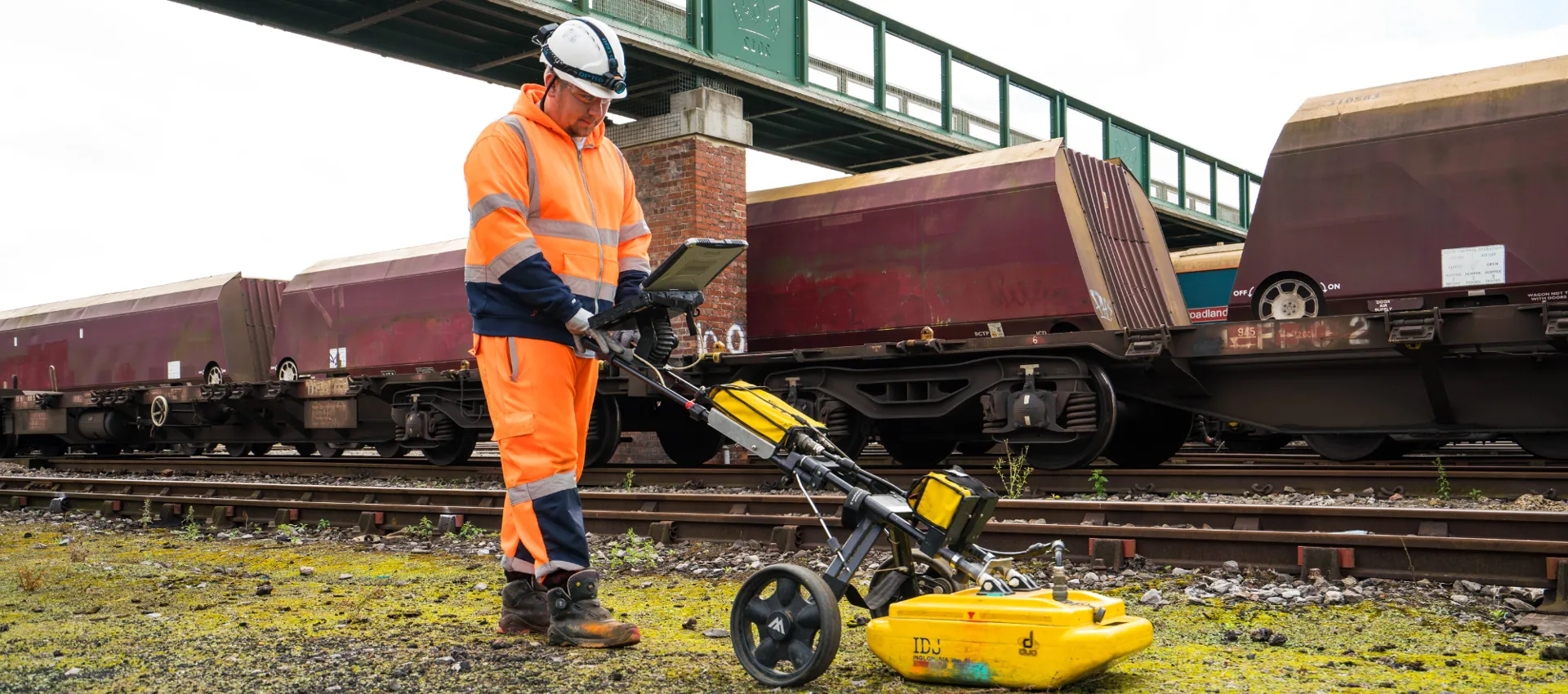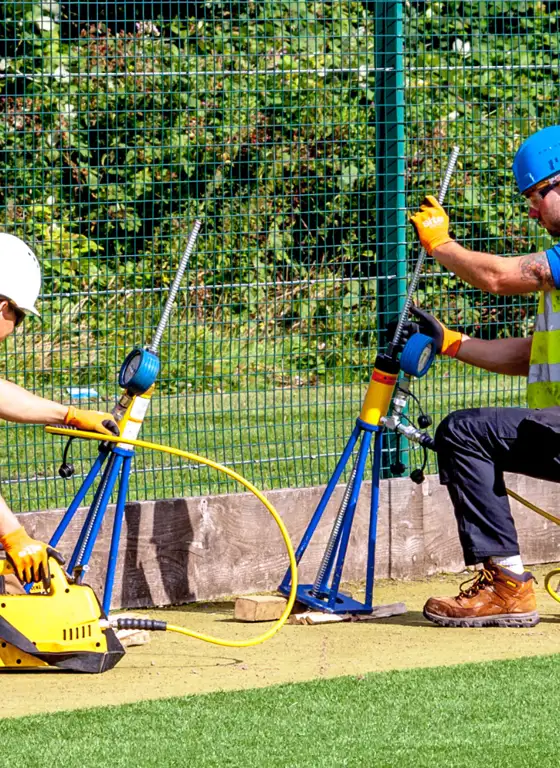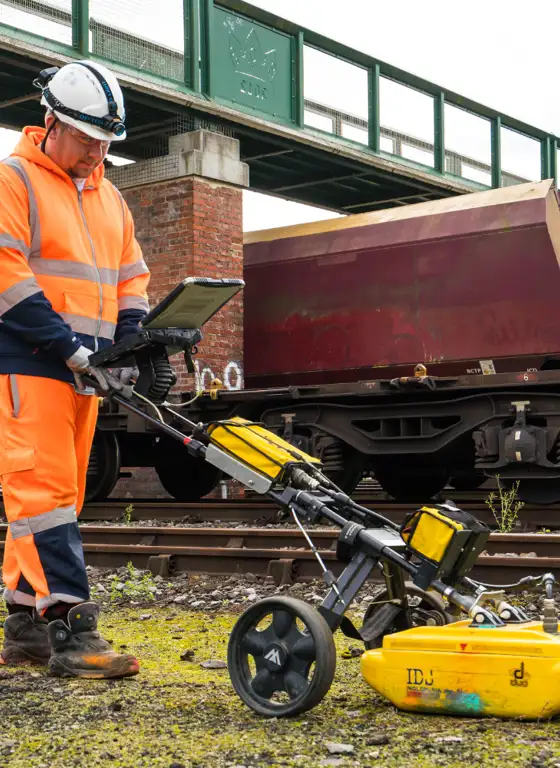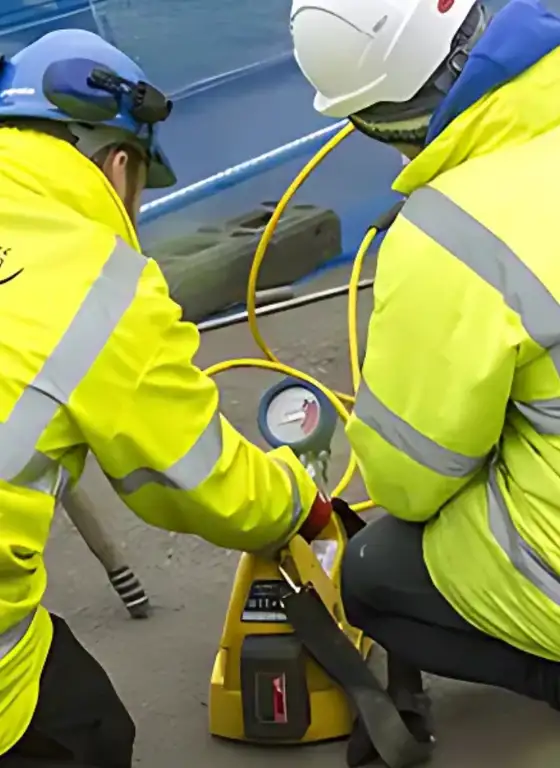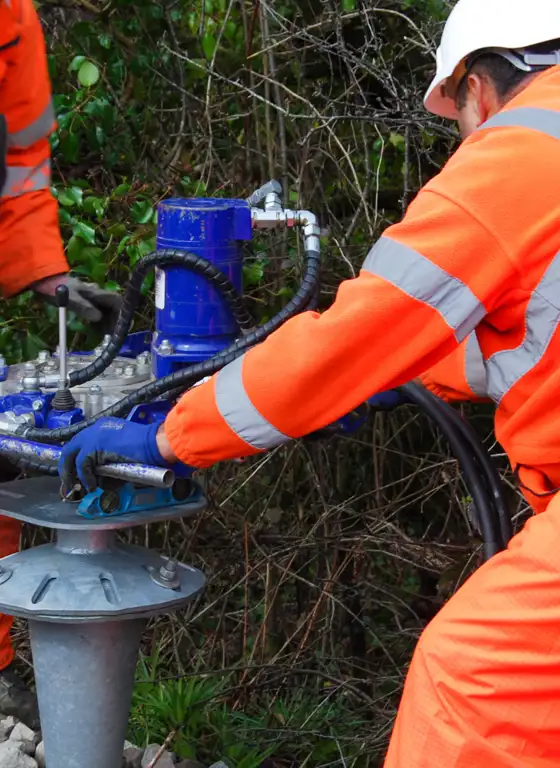Site Suitability Testing
Before installing any ground anchor system, it is essential to understand how the anchors will perform under actual site conditions. Ground conditions can vary significantly—even within the same site—and relying on generic data or assumptions can lead to underperformance, safety concerns, or costly rework.
At Anchor Systems, our Site Suitability Testing service is designed to remove that uncertainty. We provide a range of on-site tests that deliver accurate, real-world data on soil behaviour, anchor load capacity, and system performance. Whether you’re designing for temporary or permanent works, these tests ensure the final anchor specification is safe, fit for purpose, and fully aligned with your project’s geotechnical profile.
Testing is carried out by our experienced team using calibrated equipment and is backed by full technical reporting. We support consultants, contractors, and engineers in making informed decisions—before any full-scale installation takes place.
Why Conduct a Site Test?
The primary goal of a site test is to confirm the maximum load that can be achieved by the proposed ground anchor system under actual site conditions. This is especially important when soil data is unavailable or when working in complex or unknown terrain.
Our testing procedures:
Identify soil mechanical failure limits.
Provide designers with accurate capacity data.
Inform final designs for both permanent and temporary works.
What You Receive: The Site Test Report
After testing, you’ll receive a detailed report covering:
Installation details and test conditions.
System specifications and test anchor setup.
Graphs showing load vs displacement.
Pull-back length and loss under load.
Observations regarding failure mode.
These insights are critical for confirming design assumptions and ensuring your anchor system performs to spec before full-scale installation.
Who we work with
Ready to Validate Your Site?
Whether you're planning a small retaining wall or a major infrastructure stabilisation project, site testing is the most reliable way to verify performance before installation.

